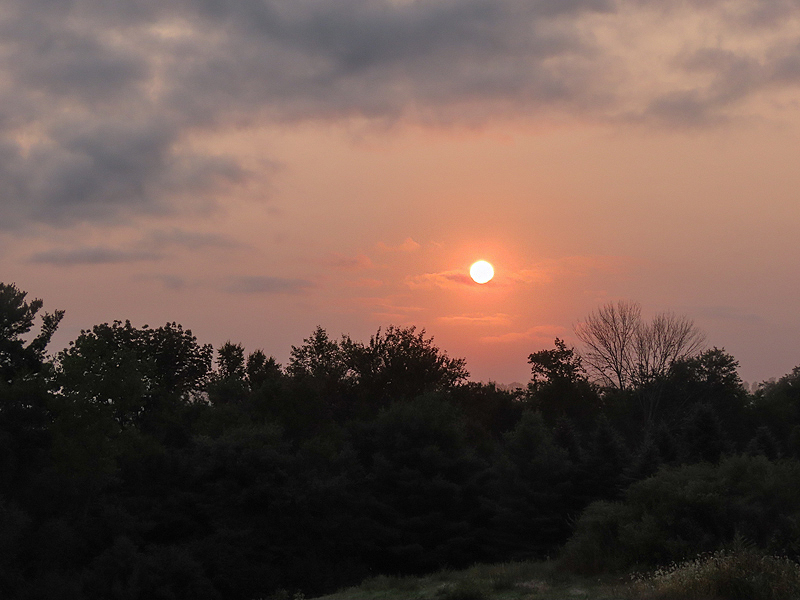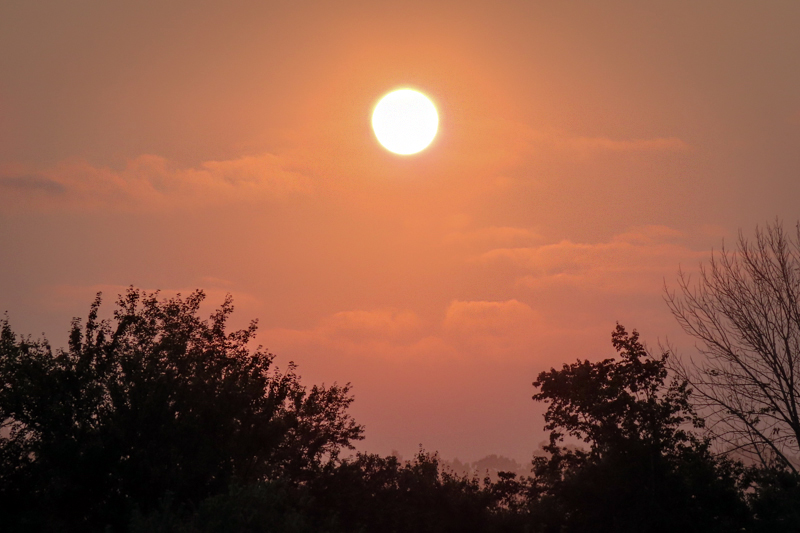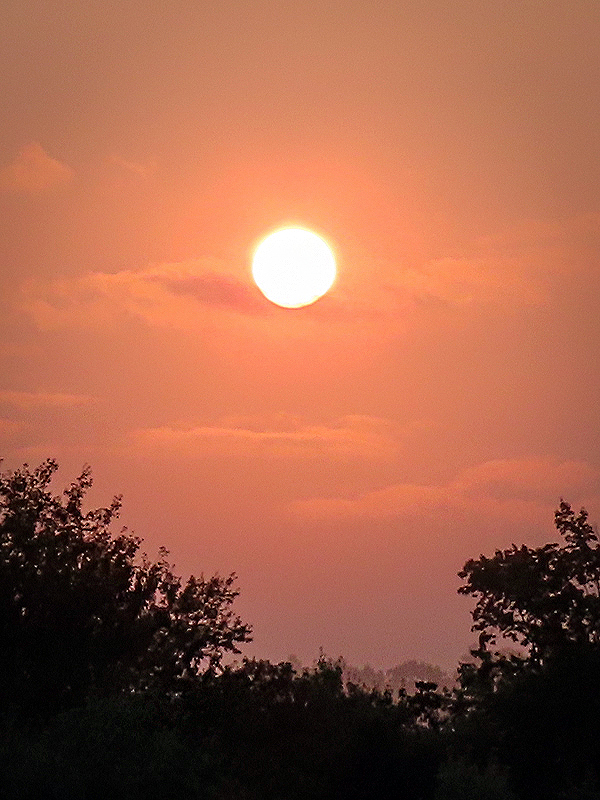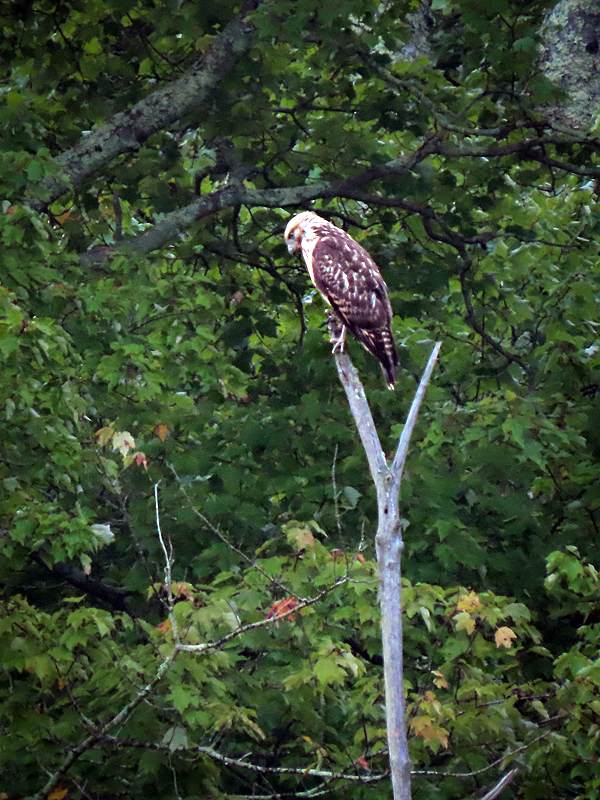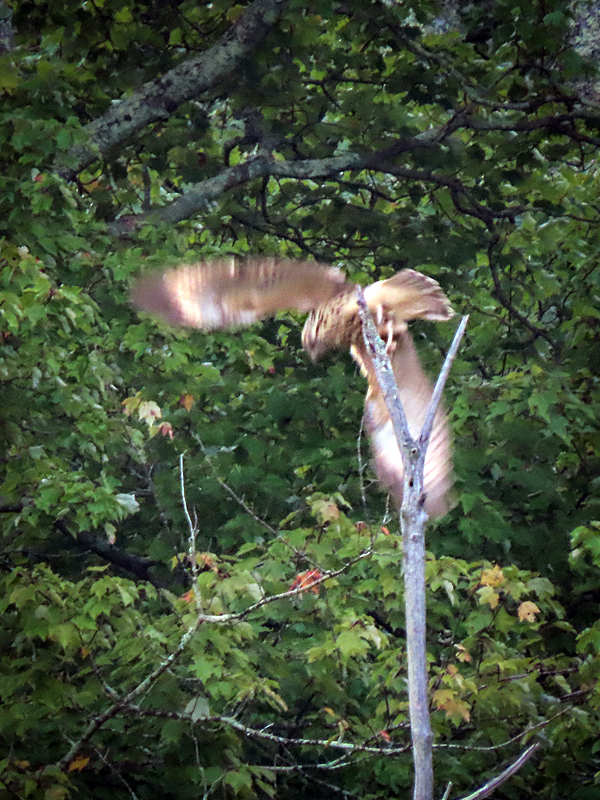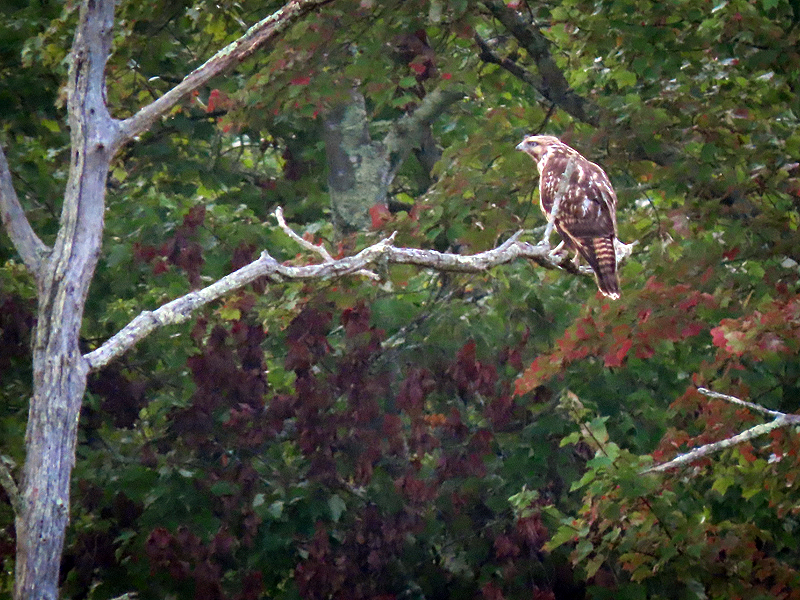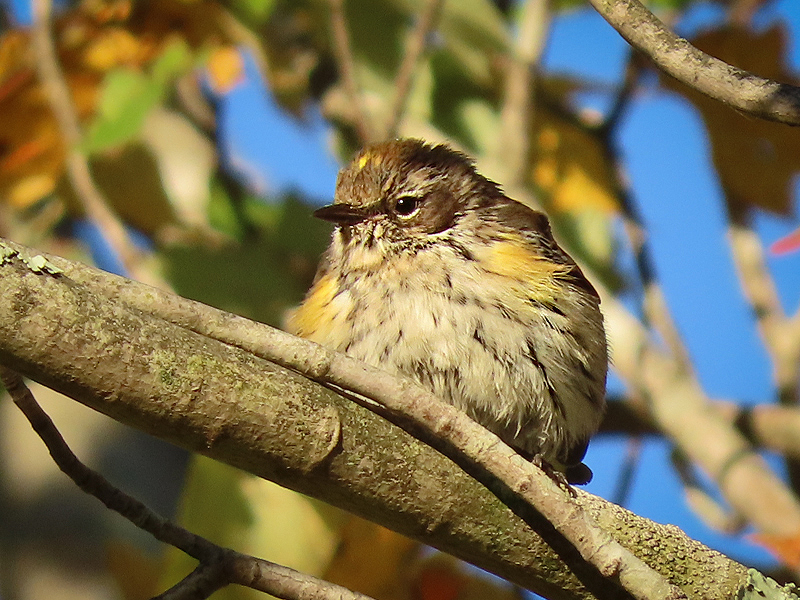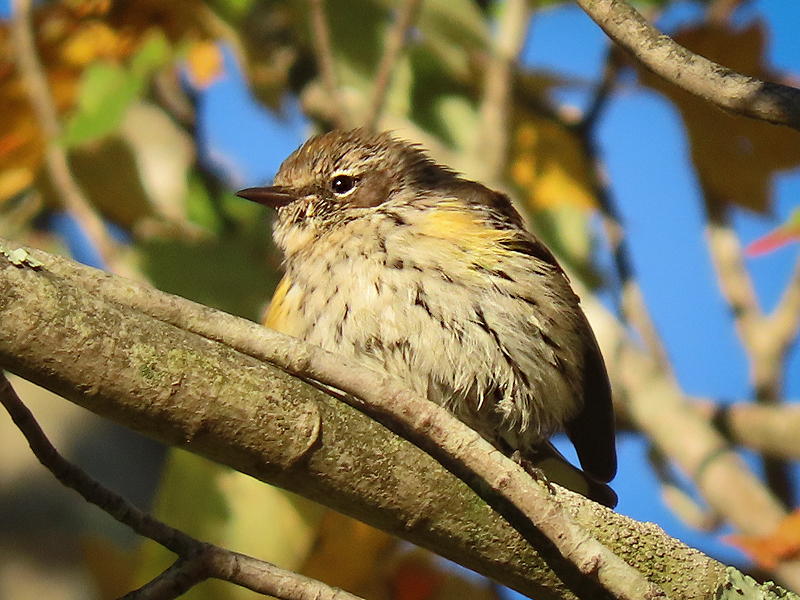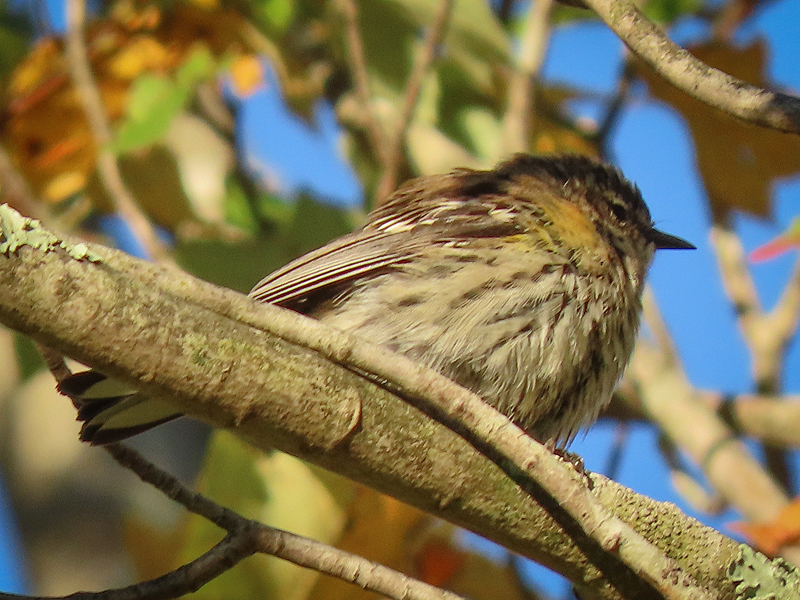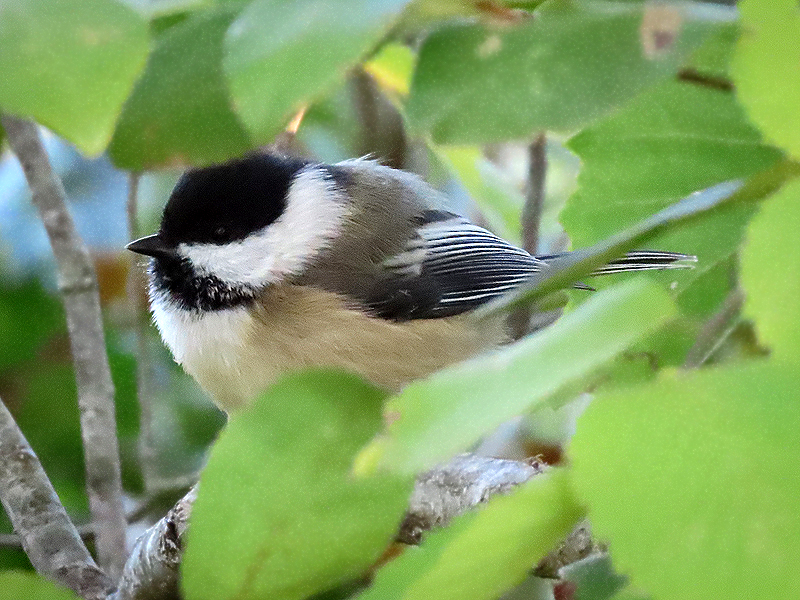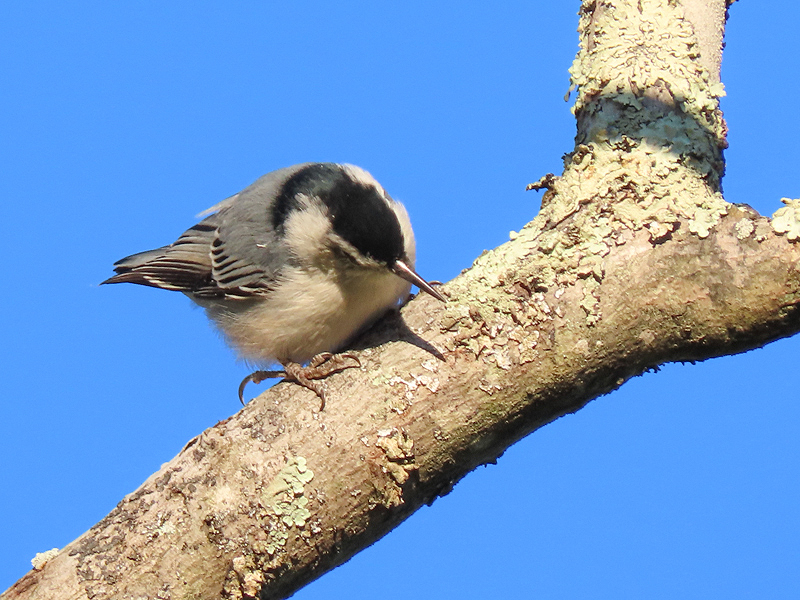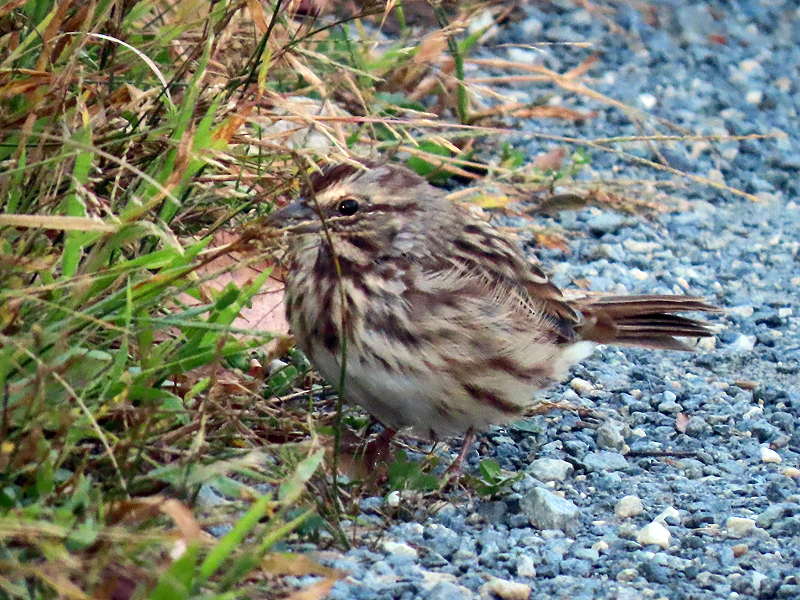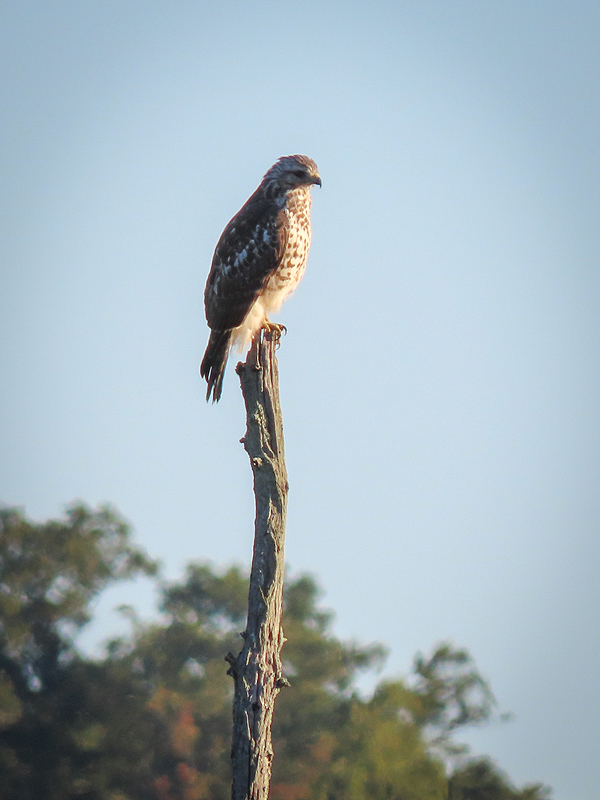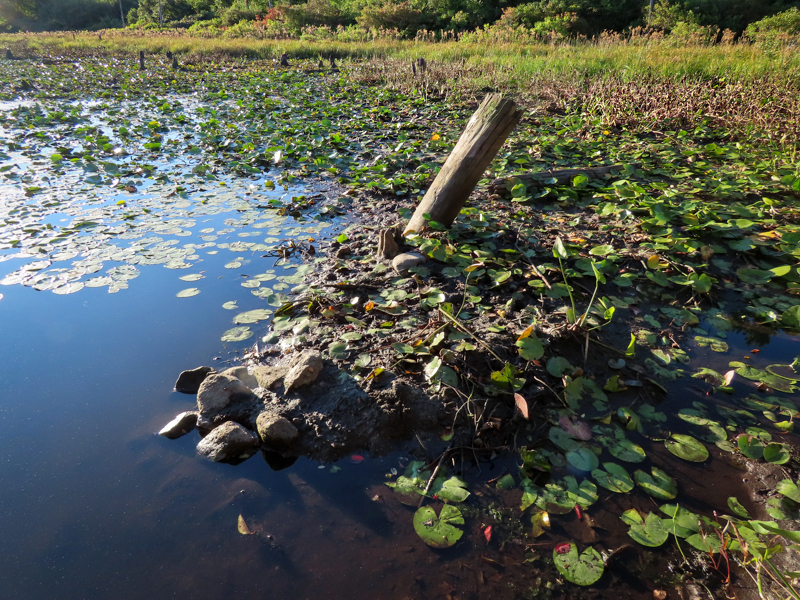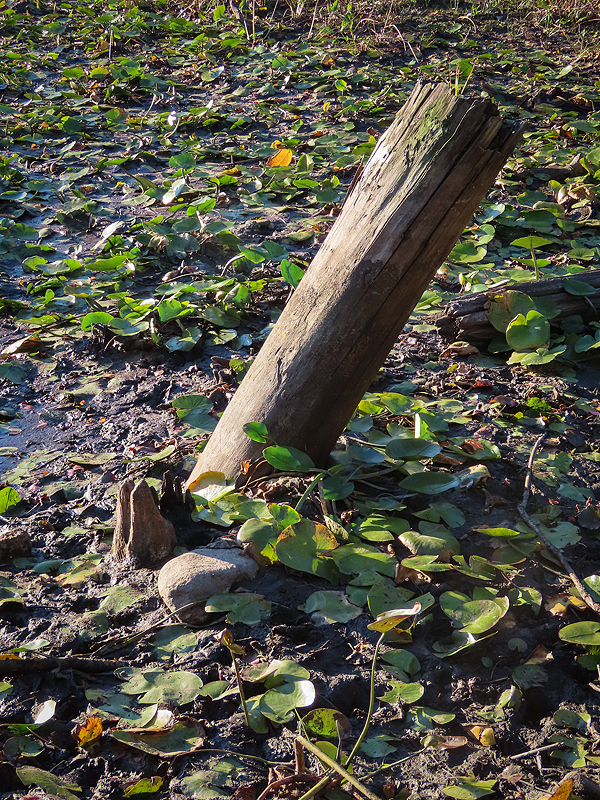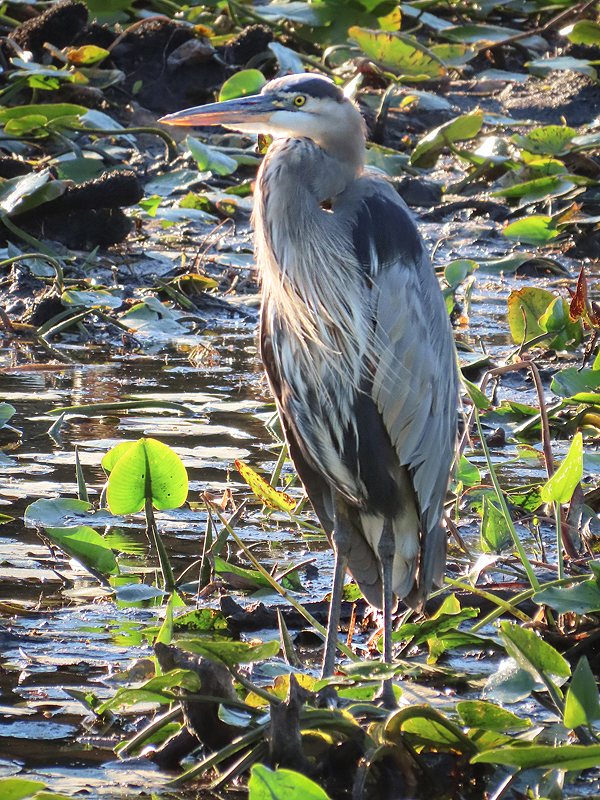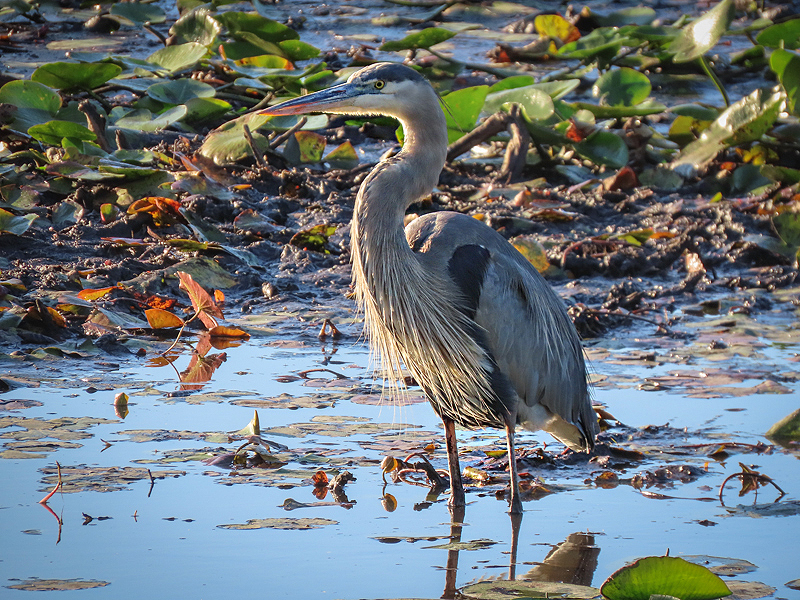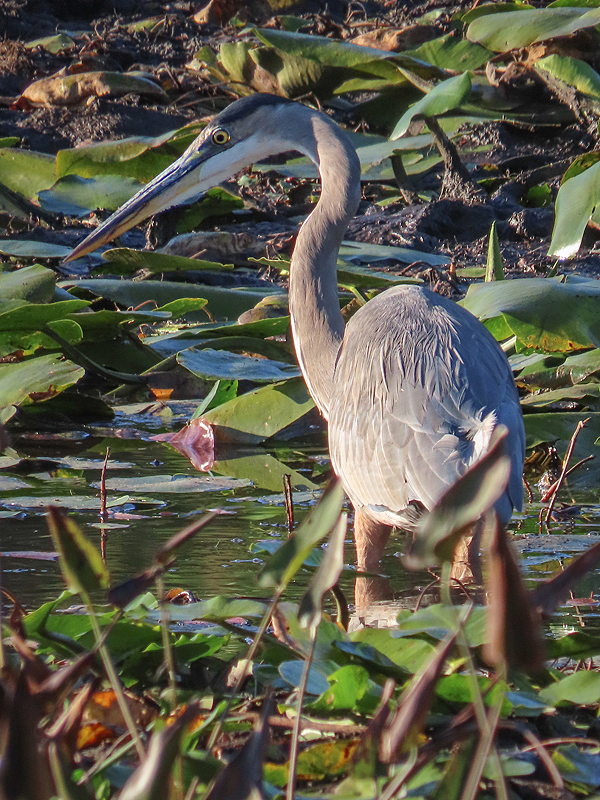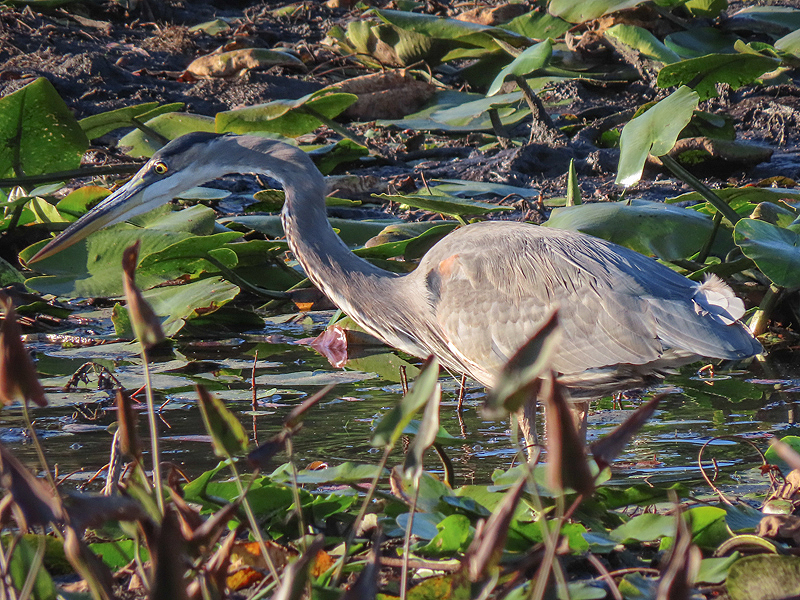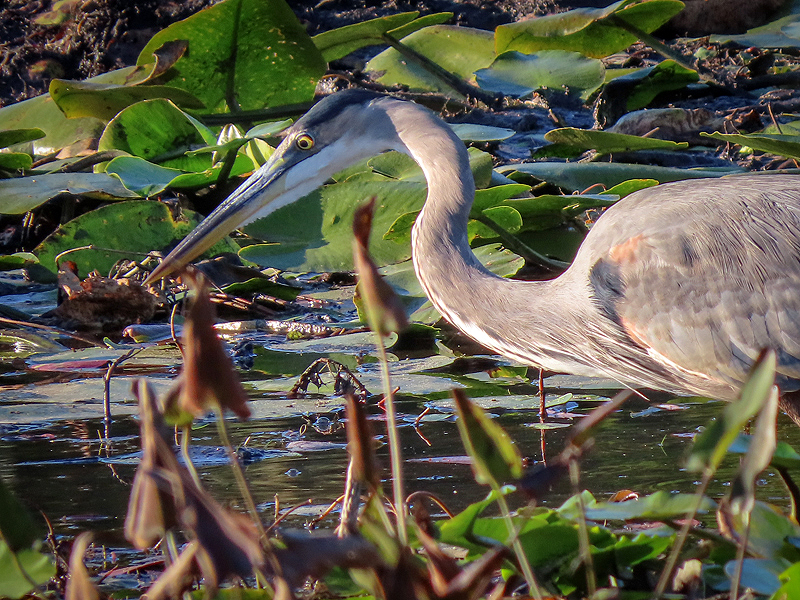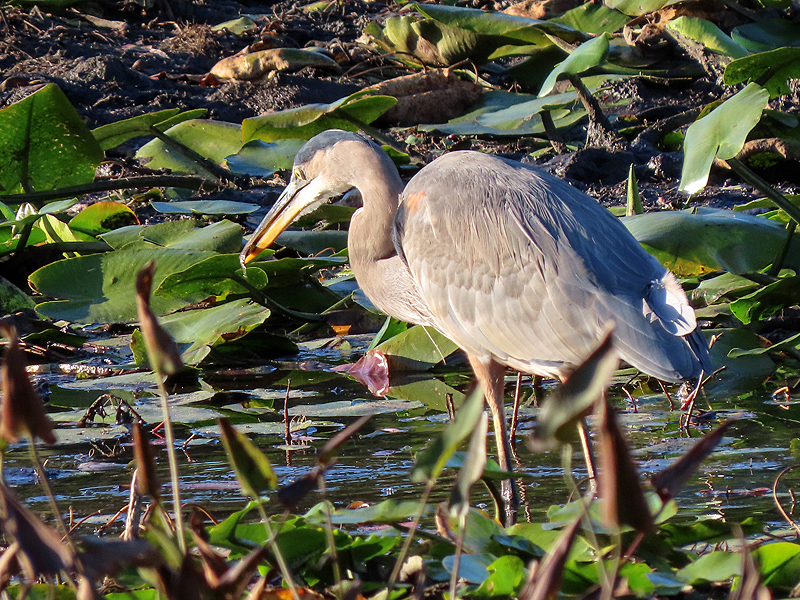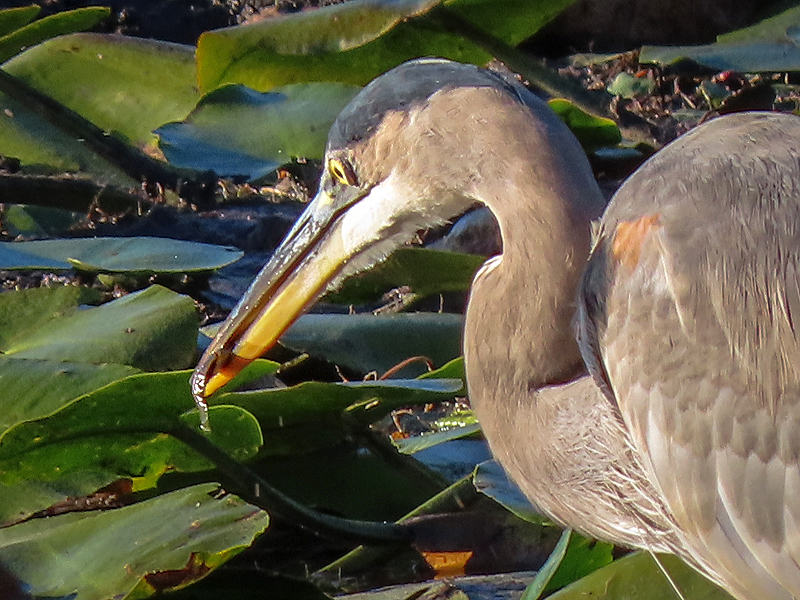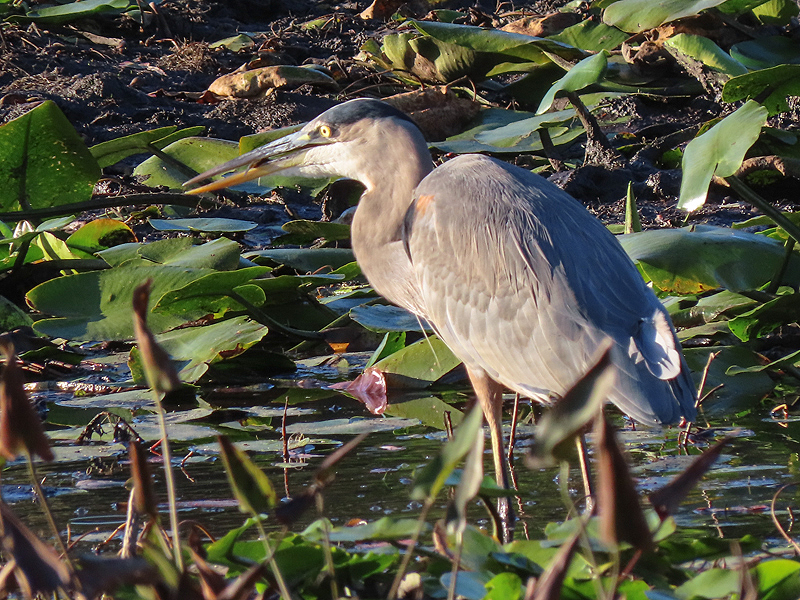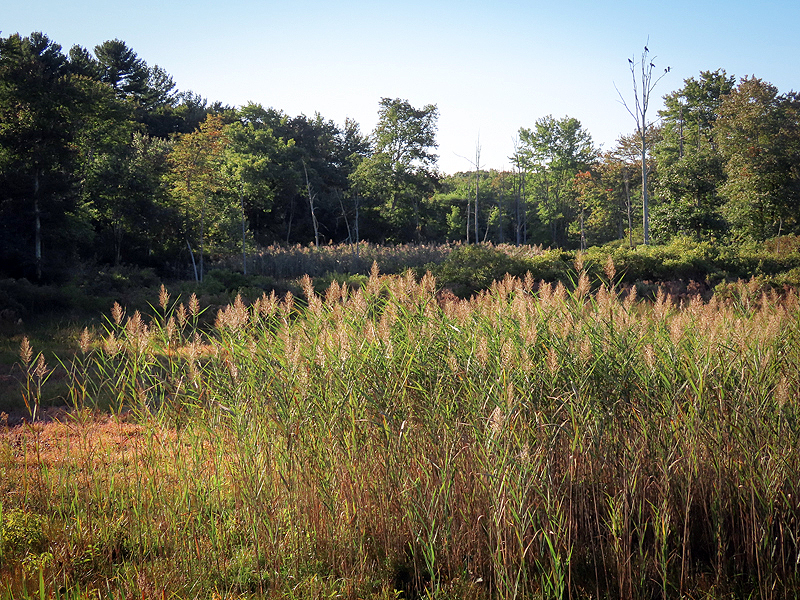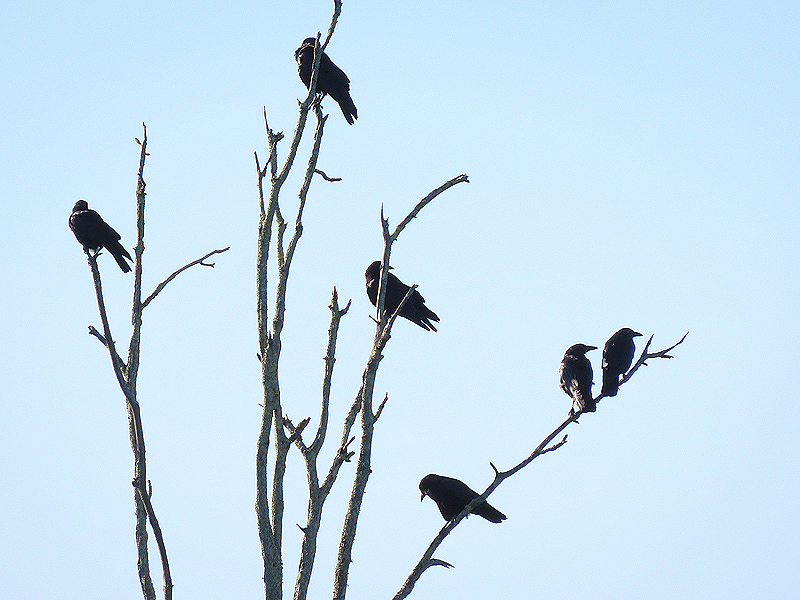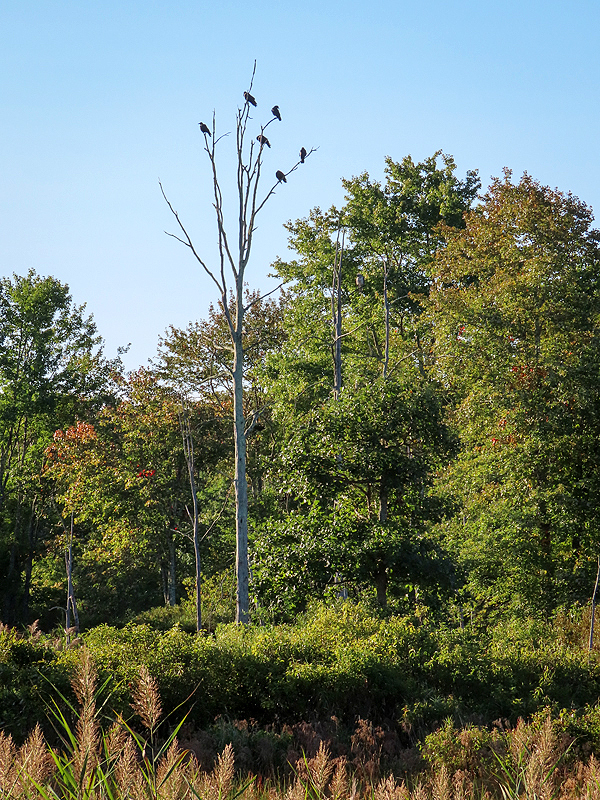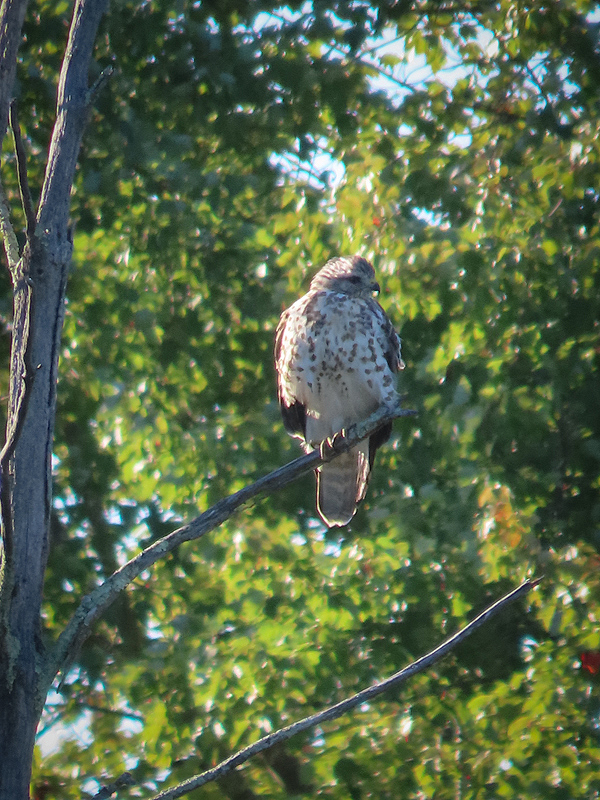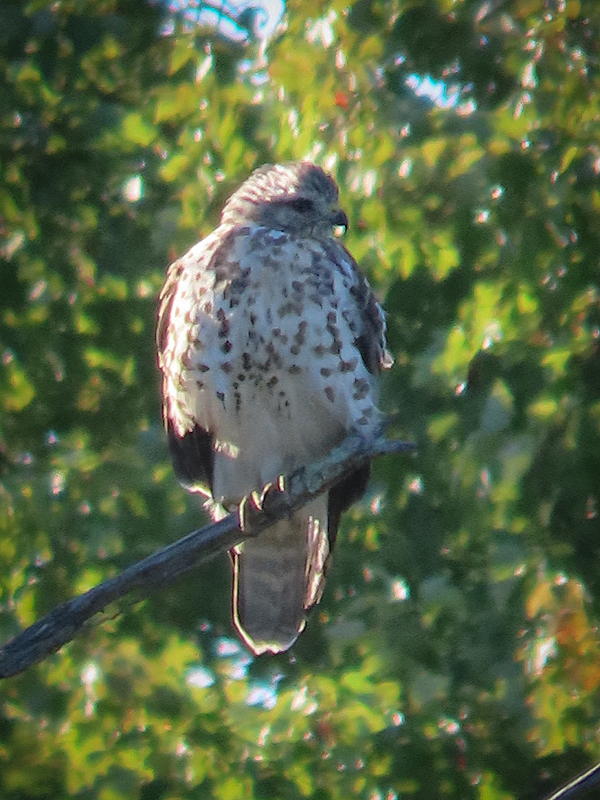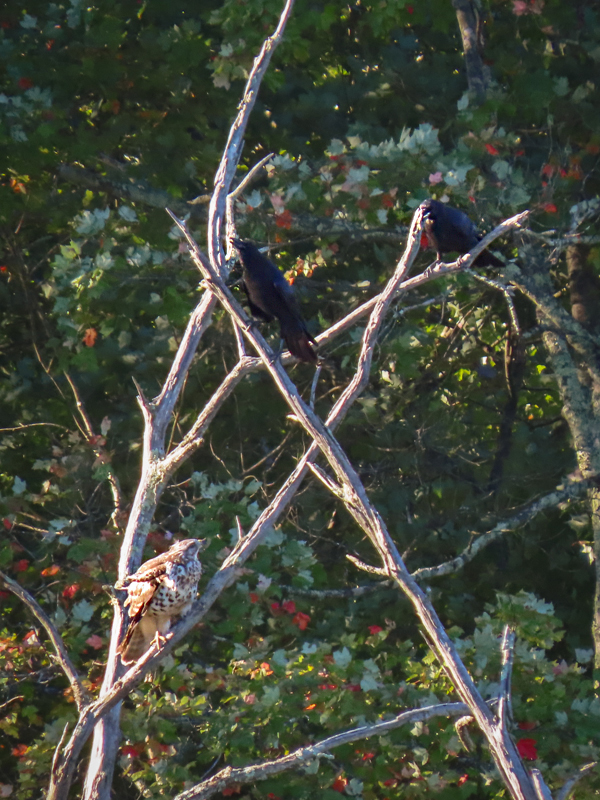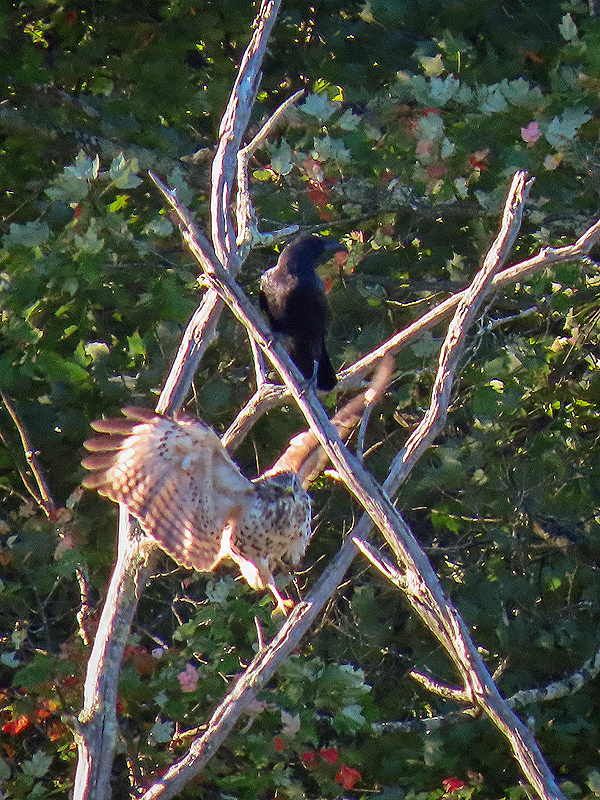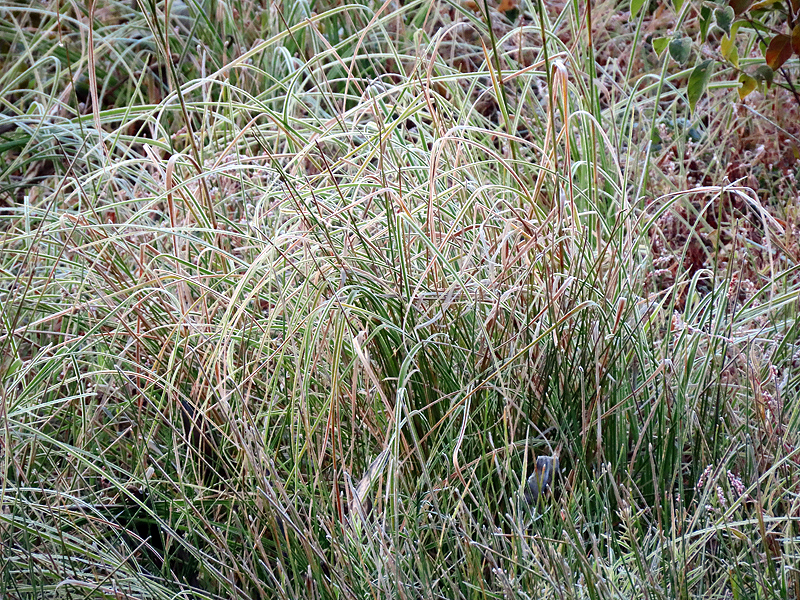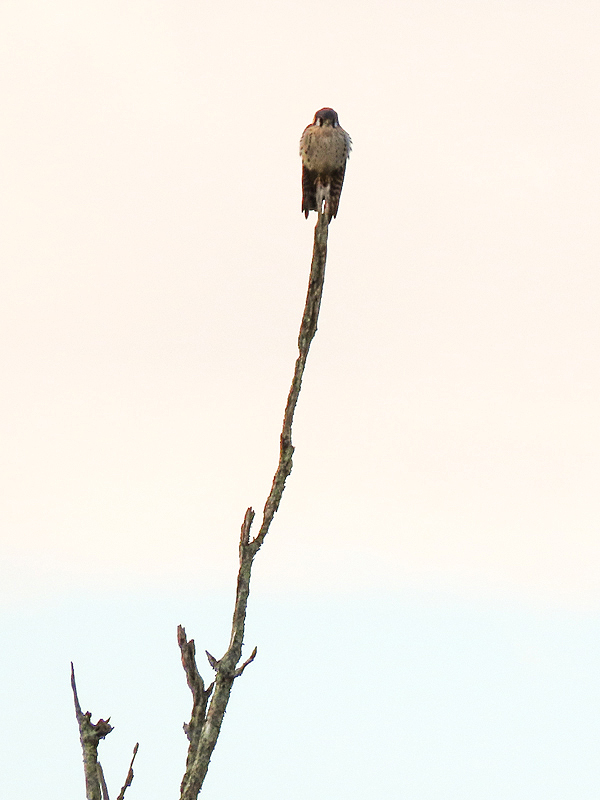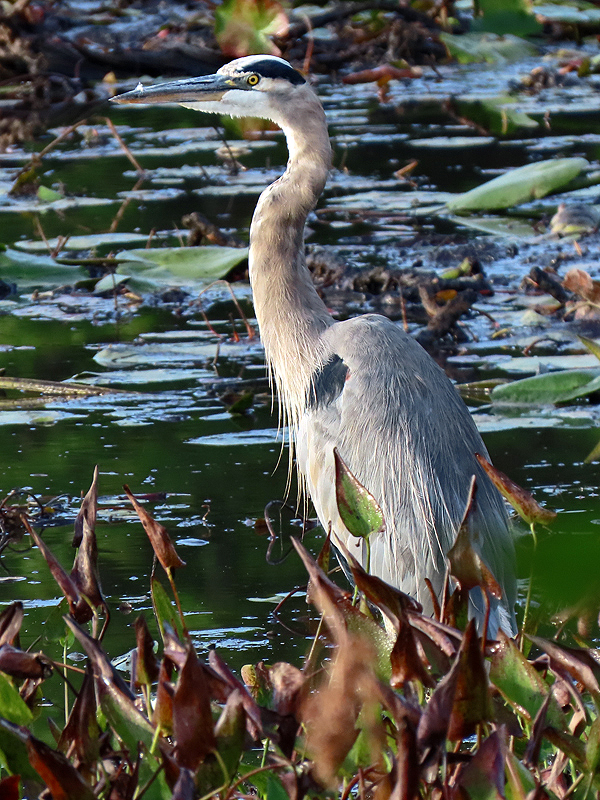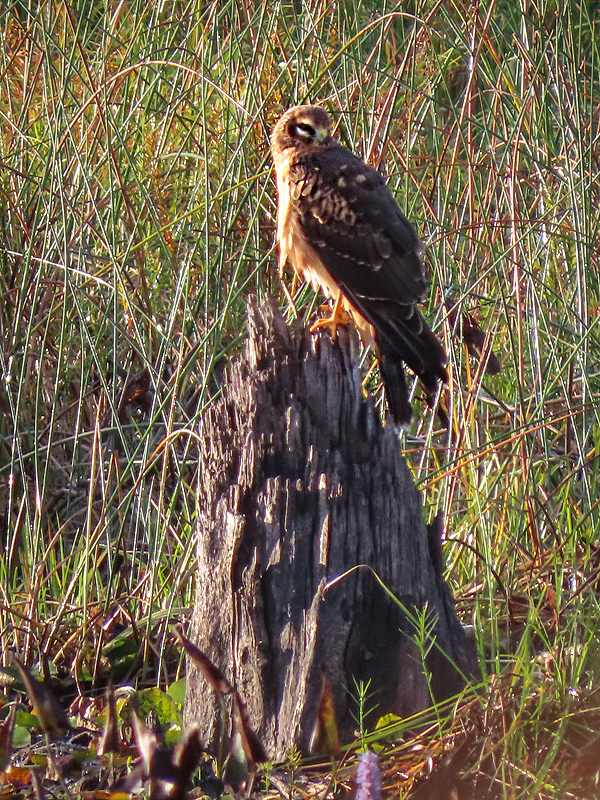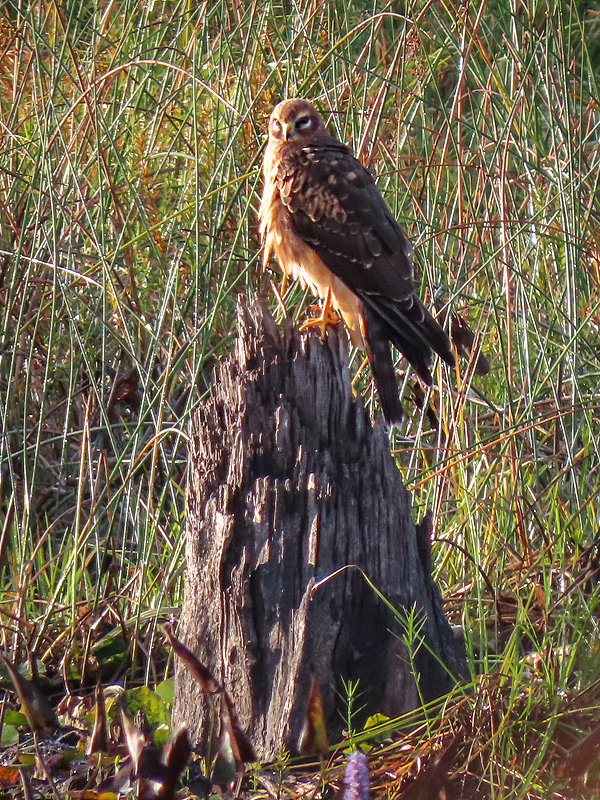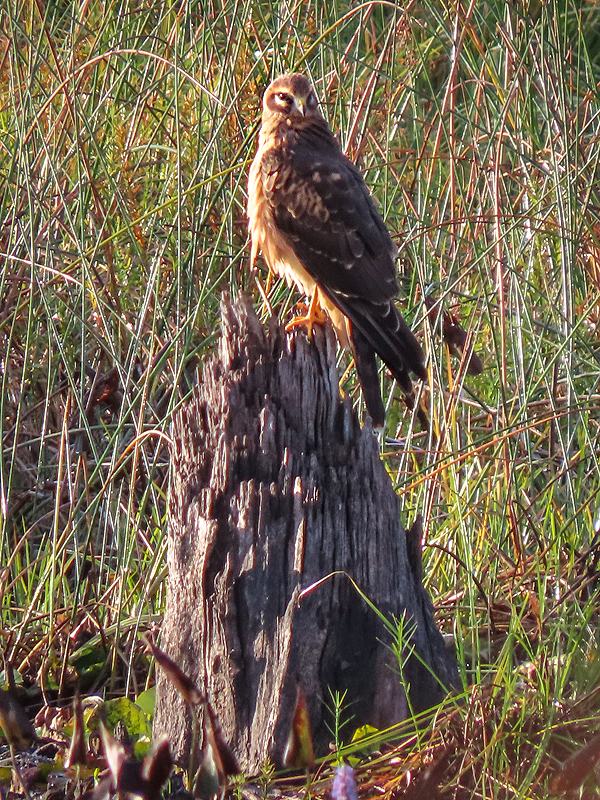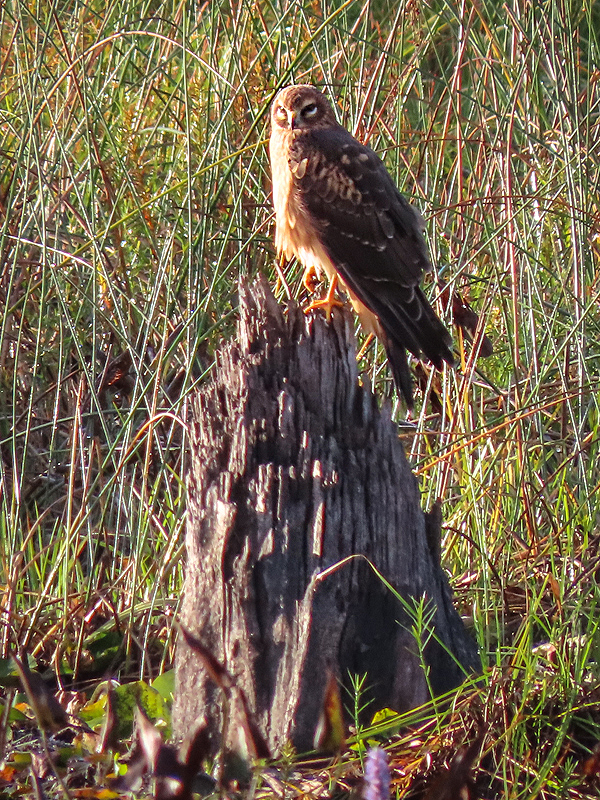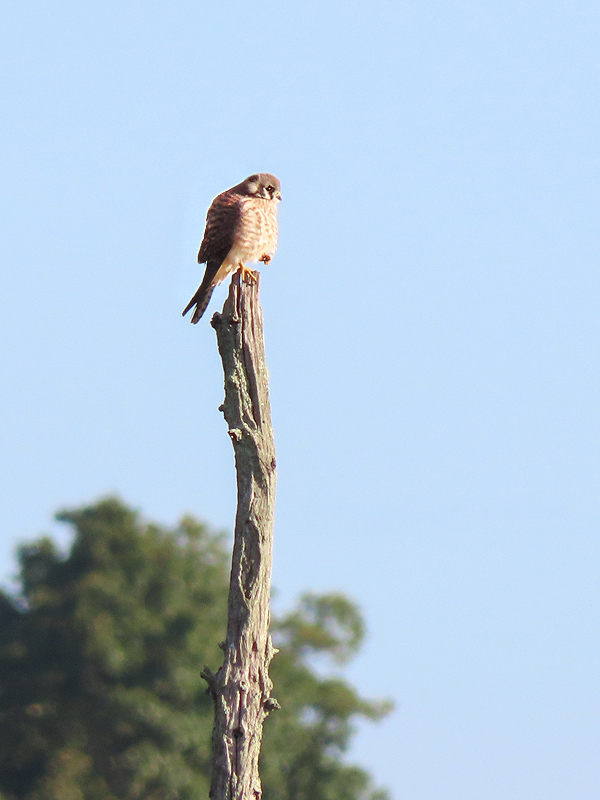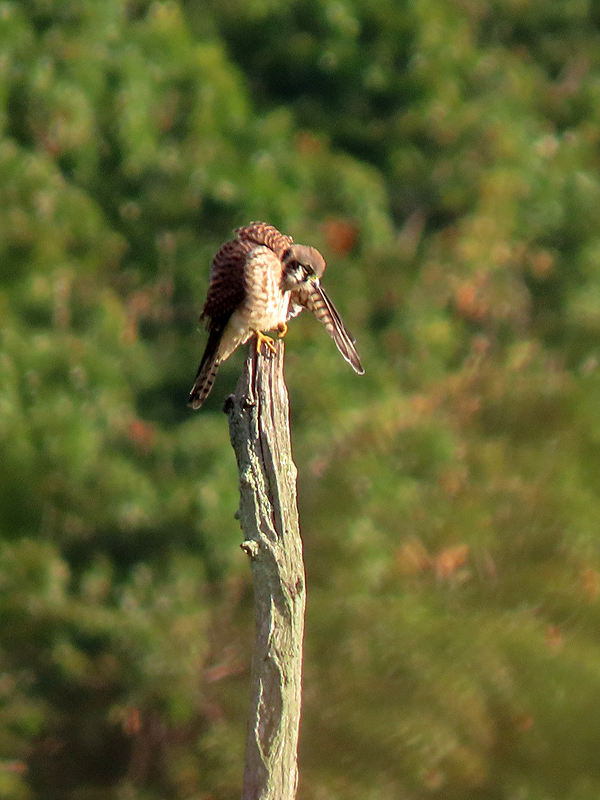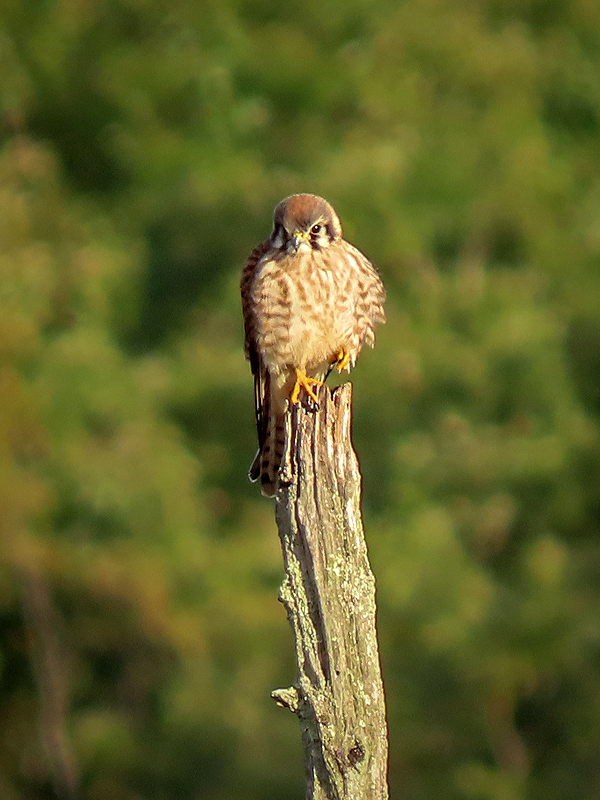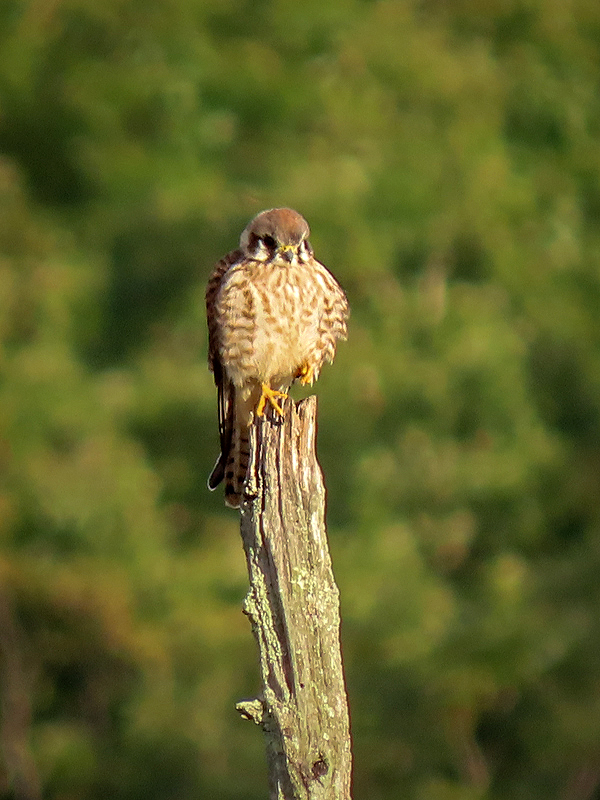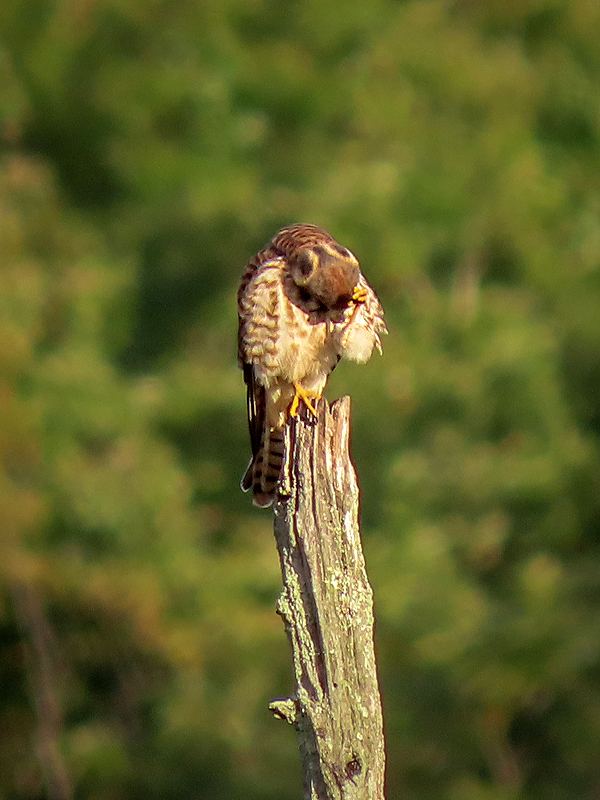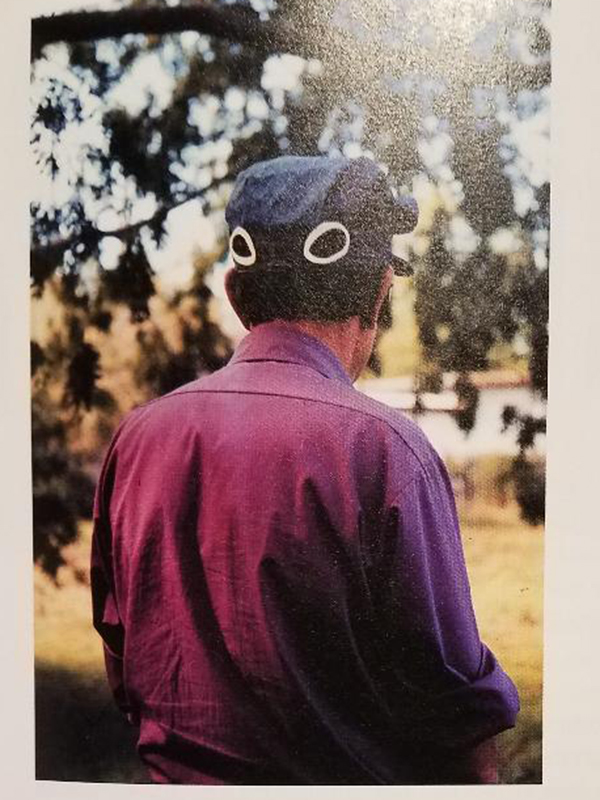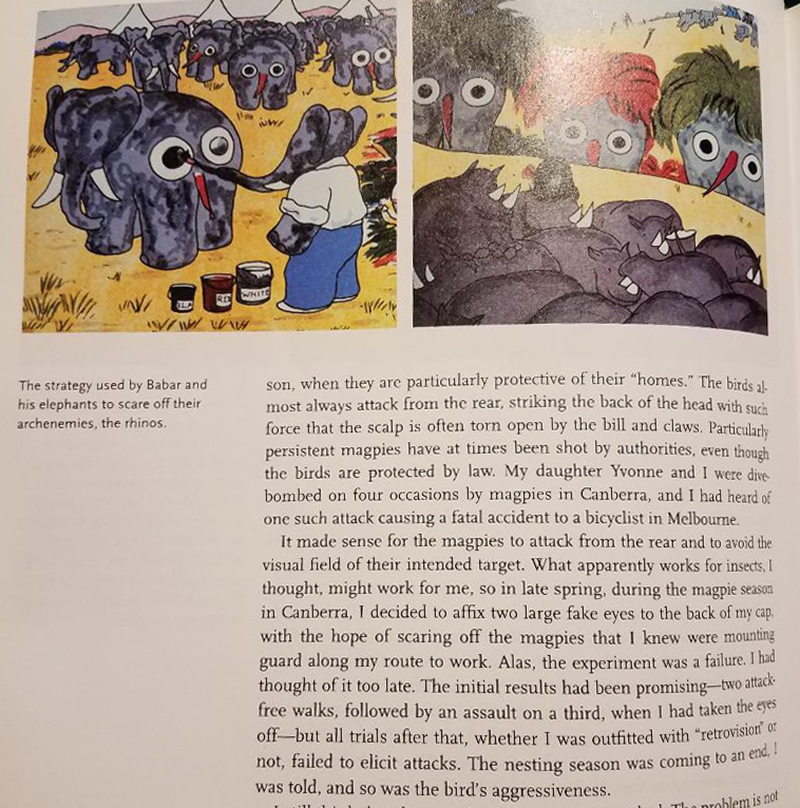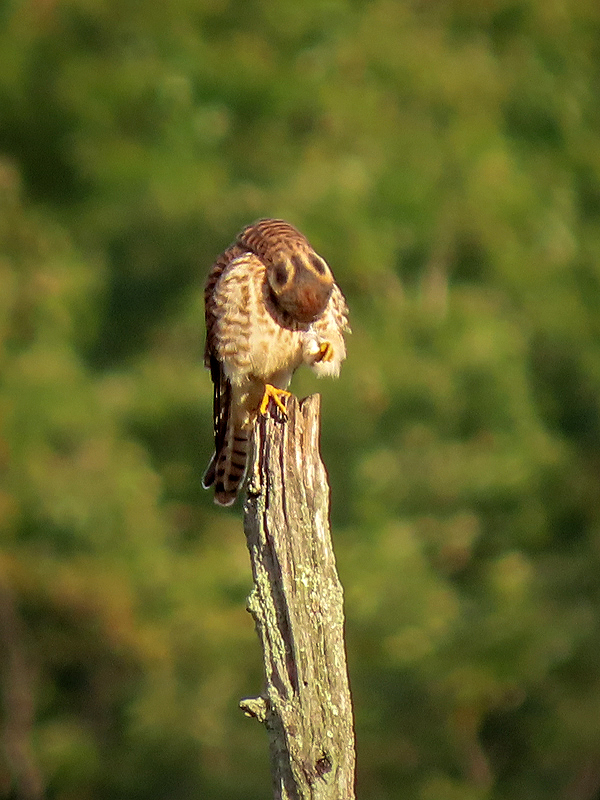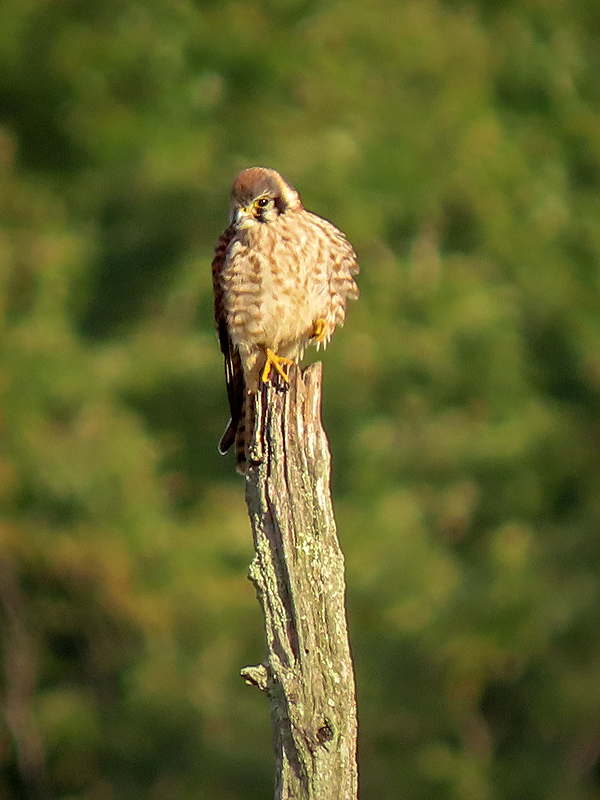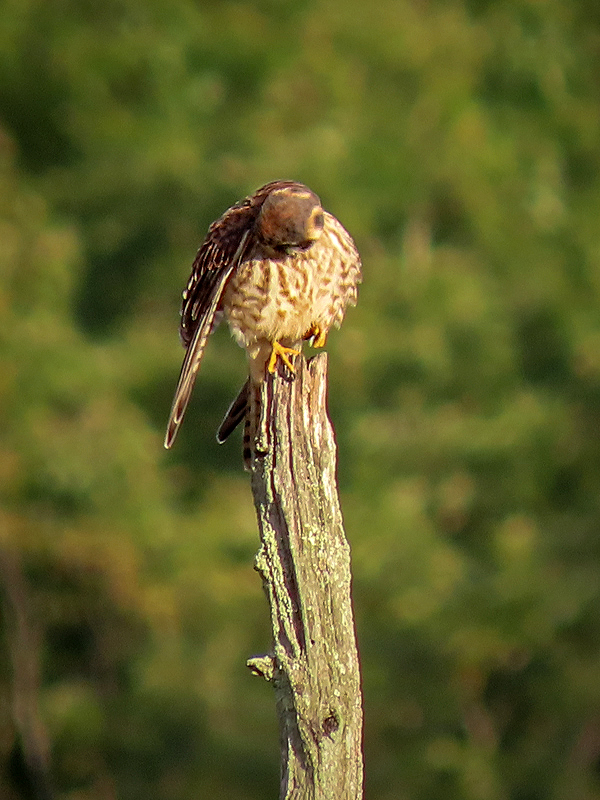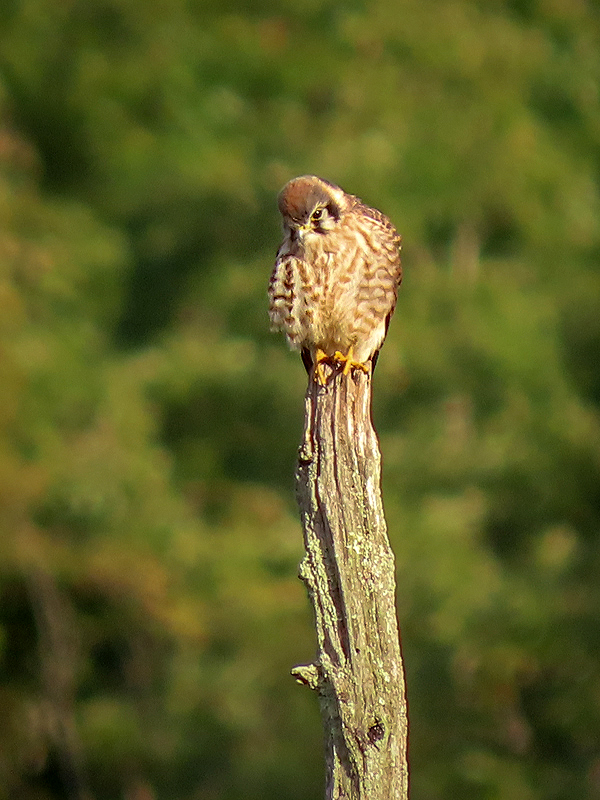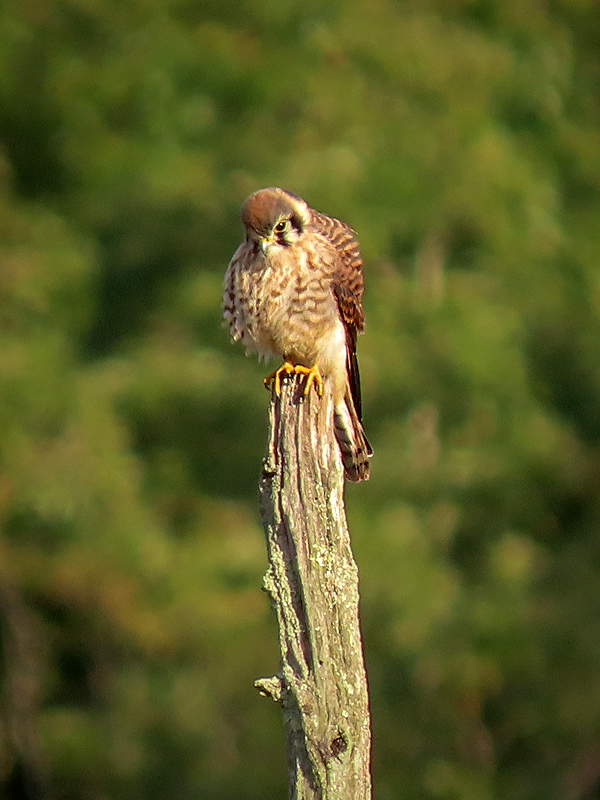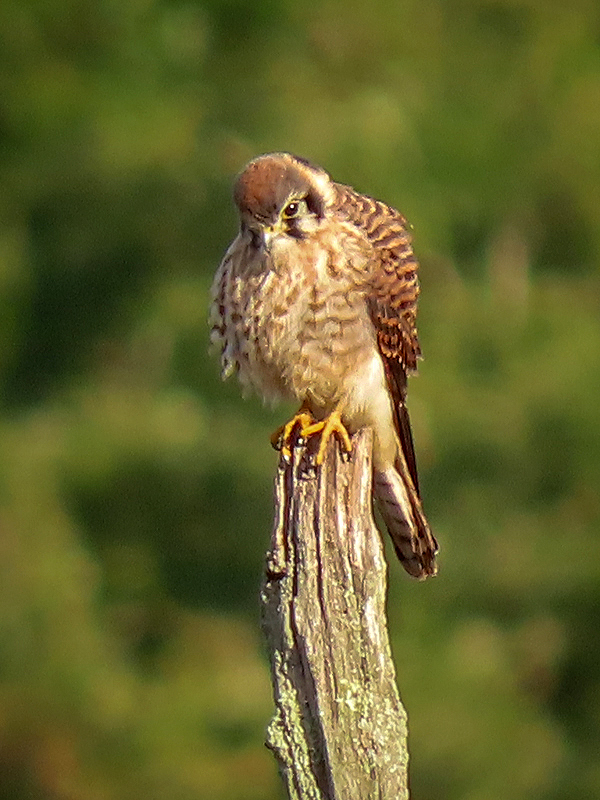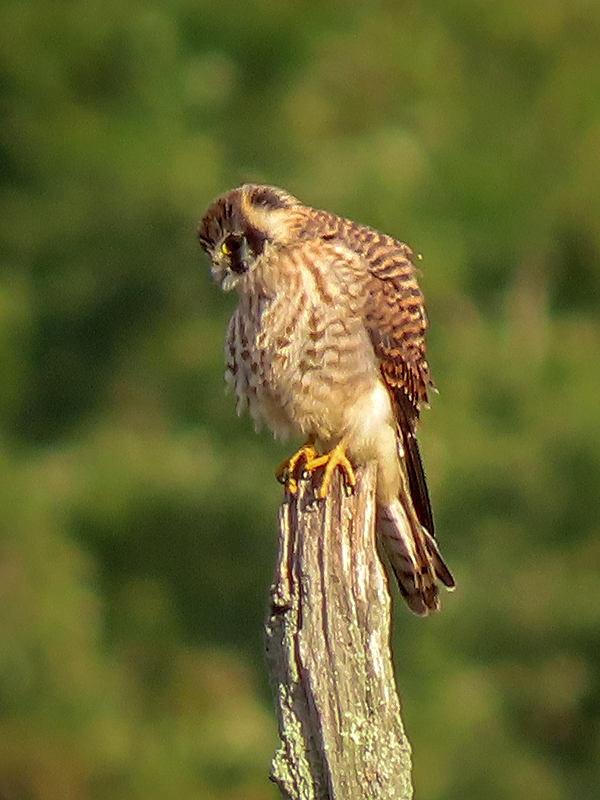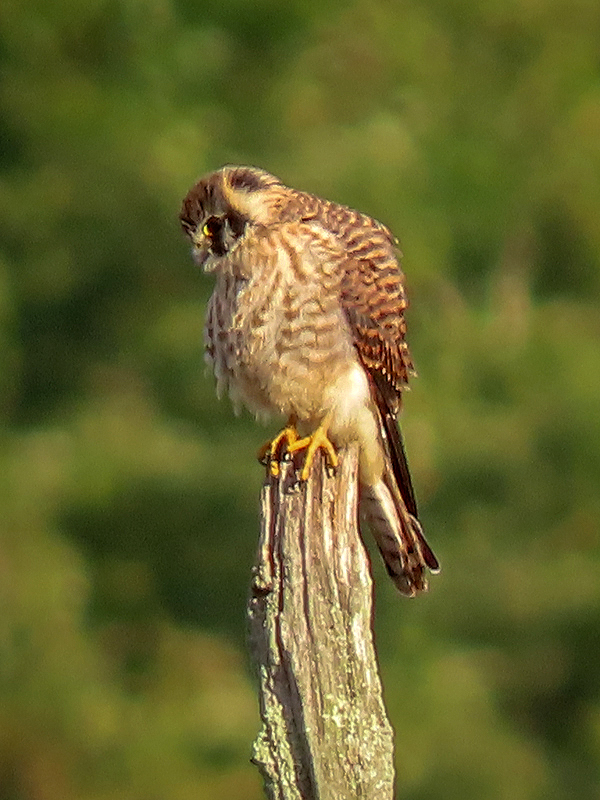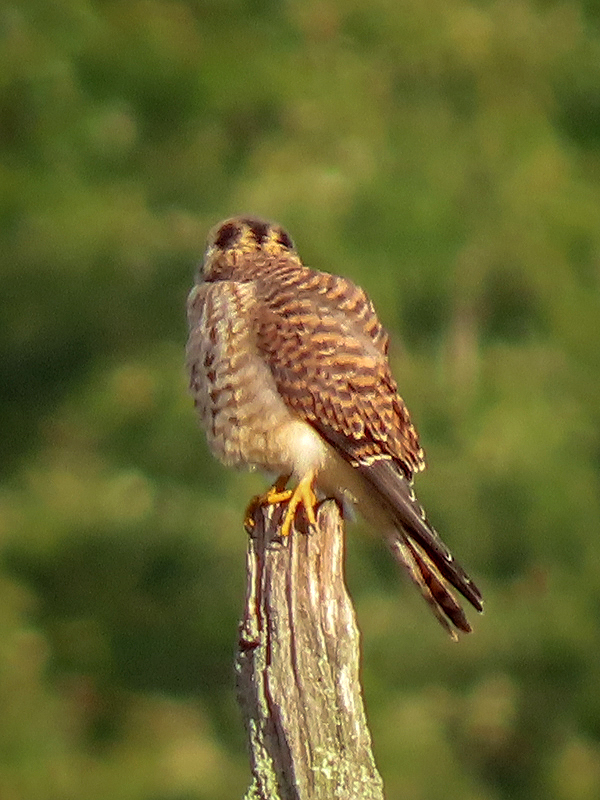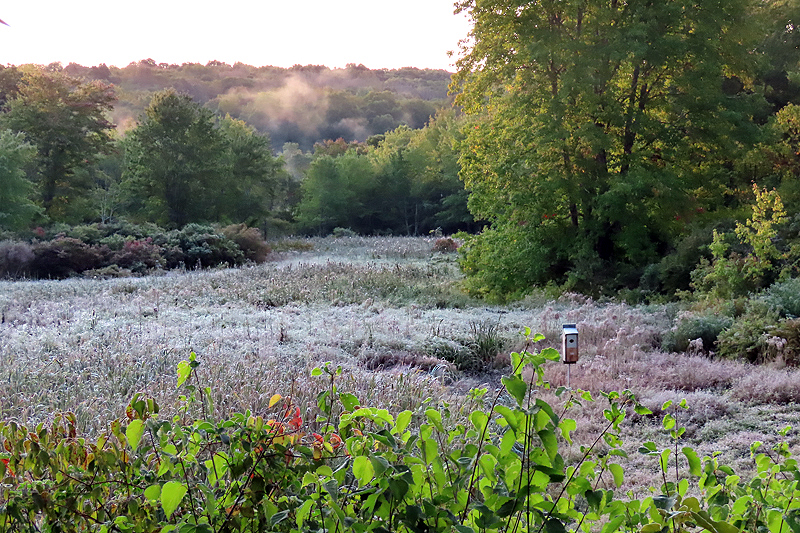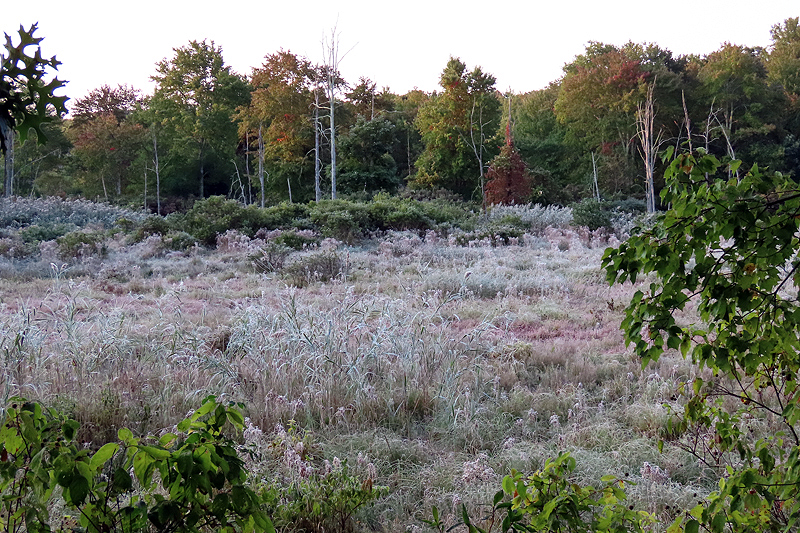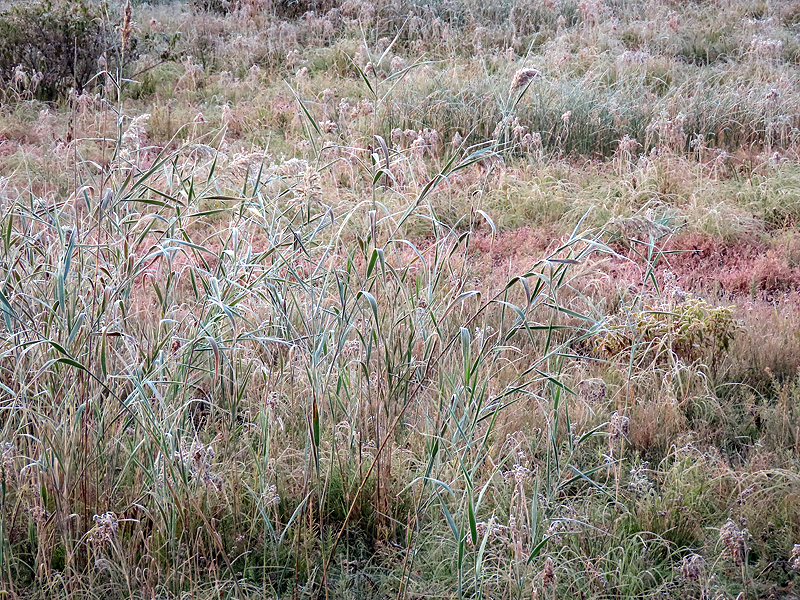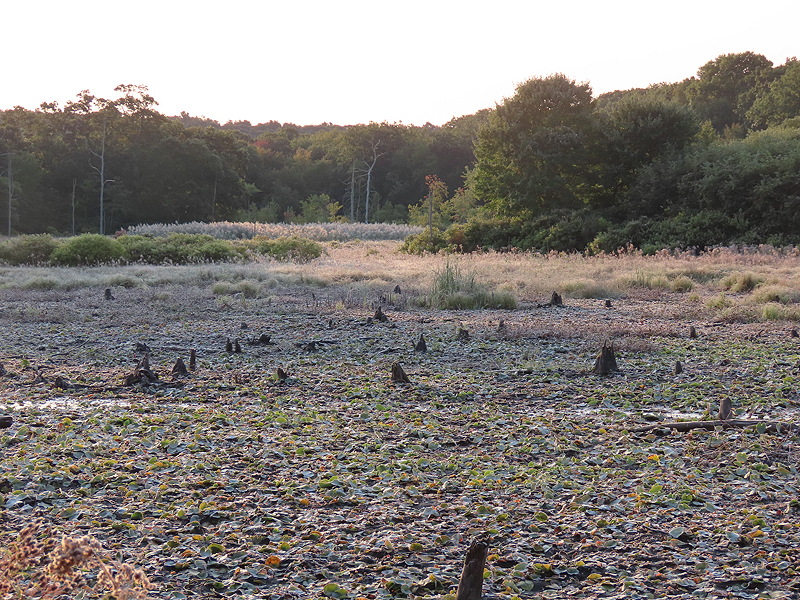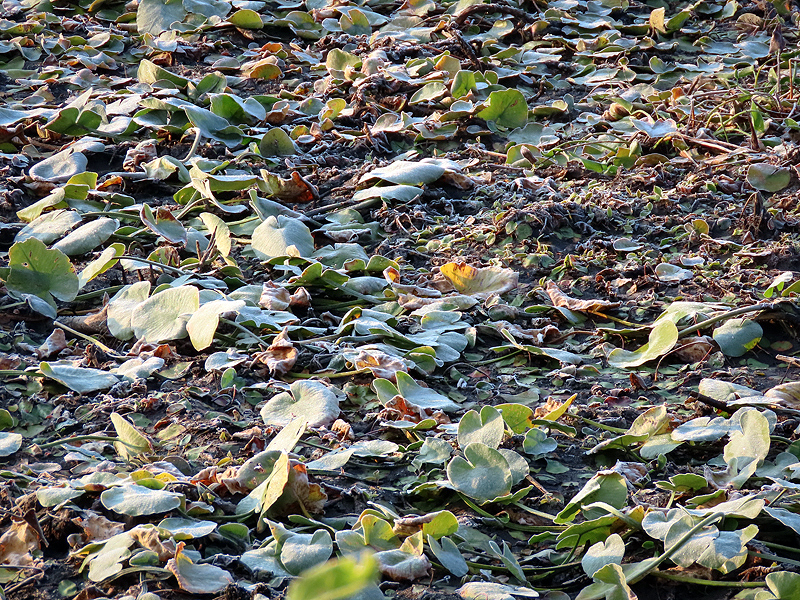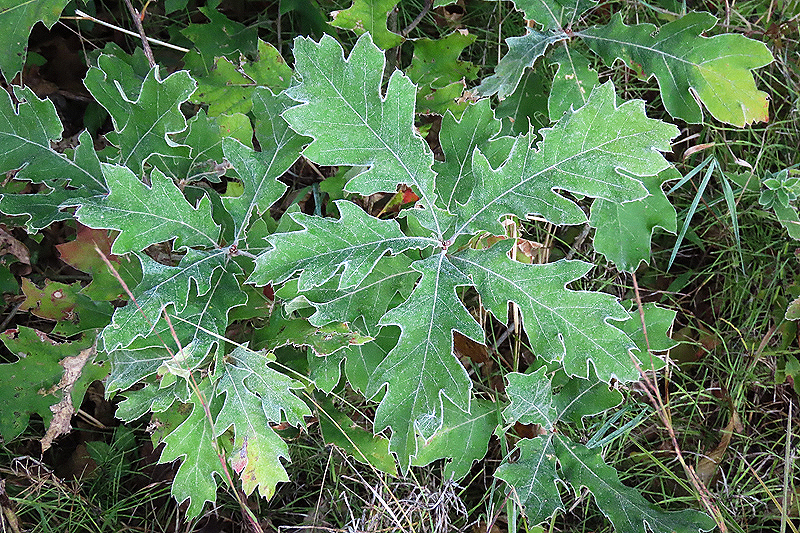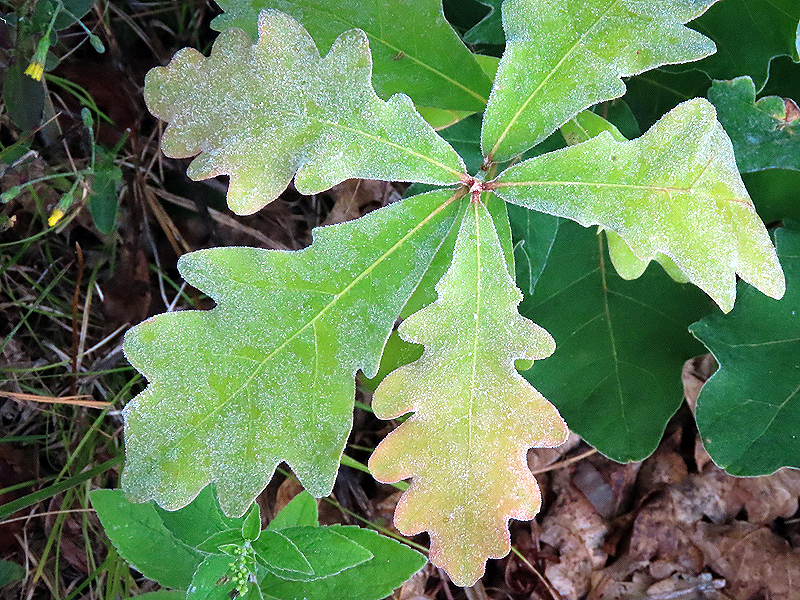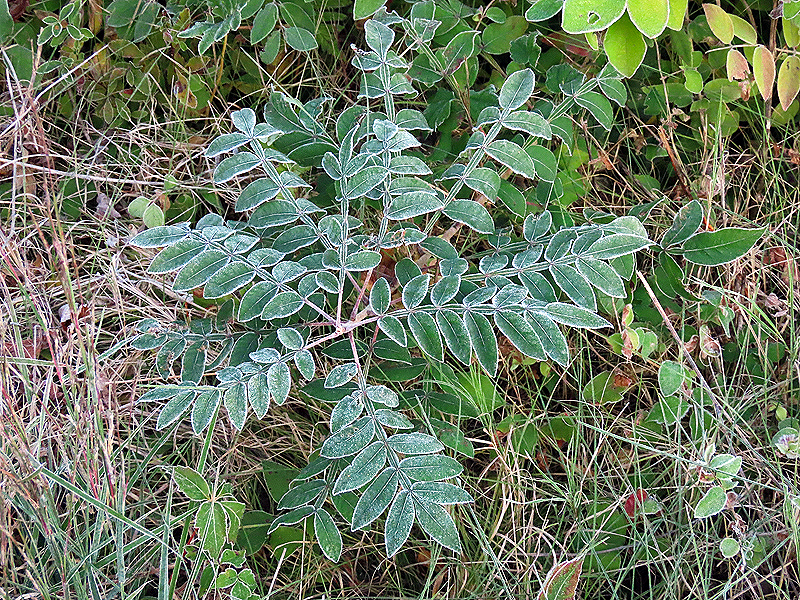Along the Air Line... 2020 - Summer, Part 15 The Air Line Trail in Eastern Connecticut - Stan Malcolm Photos |
HOME: Air Line... 2020 Pages Menu Stan's FlickR Albums |
September 16th. High smoke from the west coast fires continues to color the sky mornings and evenings when the sun is low. |
Taken from Hebron, Connecticut at 7:05 A.M. (It was more dramatic 10 minutes earlier as I drove east on Route 66.) Pause and give some thought to our west coast brethren. We're all seeing the effects of climate change in dramatic fashion, whether it be fires, intense storms, changes in rainfall, or loss of species diversity and population numbers. The time to act was 20+ years ago. Now it's a matter of mitigation, not prevention. I recall thinking back in the '80s that our doom as a species would come when we had passed some environmental tipping point that we didn't even know was there - some atmospheric pollutant or chemical toxin with side effects not understood for example. What I didn't understand was our capacity for denial in the face of understanding, coupled with the short term pervasive greed of those benefiting from the status quo and so lobbying for inaction or doubling down on "business as usual". Finally, what may be our most fundamental flaw as a species, a short attention span: headline news of the day, versus planning for the future. |
|
September 17th. An immature Red-shouldered Hawk (Buteo lineatus) that has been seen at the marsh several times lately. Last time I saw it, it flew from there low over my head to the north side of the marsh. |
Today it flew several hundred feet to the left... |
...to the next dead tree. (Thanks Russ, for the ID.) |
September 19th. Yellow-rumped Warbler (Dendroica coronata) in winter plumage. |
|
Can't see the yellow rump, but yellow feathers under the tail hint at it being there. |
Black-capped Chicadees (Poecile atricapilla) remain through all seasons... |
...as do White-breasted Nuthatches (Sitta carolinensis). |
Fox Sparrow (Passerella iliaca) I think. |
Once again, the immature Red-shouldered Hawk (Buteo lineatus). This time on the north side of the marsh. |
Water level on the south side even shallower than before. A record low for sure. |
|
Another three Great Blue Heron (Ardea herodias) morning. One... |
...two... |
...and three, all in their social distanced spots. |
"Three" was busy hunting... |
|
...and caught something small. |
Best guess is a little Bullhead Catfish. |
It would take a lot of them to make a meal. |
American Crows (Corvus brachyrhyncos) far across the marsh on the far side. |
Something has caught their interest. |
Nearly impossible to see in this view, but there's a hawk in the dark foliage of the tallest tree, right near the border with the lighter colored tree below. |
This hawk, a female Northern Harrier (Circus cyaneus). |
The same photo, cropped closer. |
Two crows calling, perched directly above the hawk. I watched several attacks by the crows, resulting in much aerobatics. In some cases hard to know who was attacking whom. |
In this case, the hawk was first to fly. |
September 20th. Thirty-seven degrees at the Route 85 trailhead. Frost in some spots out on the marsh. |
Far out on the south side, a hawk. Birders may ID it. Everyone else, stay tuned. |
Only one Great Blue Heron (Ardea herodias) this morning. Number 2 in its assigned spot.. |
Northern Harrier (Circus cyaneus). |
|
|
|
Here's that hawk again, now far out on the north side. Can you ID it? |
|
It's a female American Kestrel (Falco sparverius). |
Following, too many pictures of the bird (but a fraction of the number I took.) |
Interesting markings on the back of the head. In insects, these would be credible eye spots, a deterent to predators. Perhaps the same thing happening here. |
Here's Tom wearing his painted hat. (From page 101 of his book, For Love of Insects.) |
The text on page 100 describes Tom's experiment and results. But the illustrations above are relevant today when I've just read of painting eye spots on cattle rumps in Africa. Lions and leopards aborted their stealthy approach when they felt they'd been spotted. |
"I see you above (or behind) me." |
|
|
|
|
|
|
|
|
|
September 21st. The last full day of summer. Heavy frost at the marsh. |
|
|
Frost all across the marsh, with stumps not normally seen completely exposed. |
Frosted lily pads. If the drought persists, I wonder if some of the emergent plants will be killed by the cold. |
|
|
|
